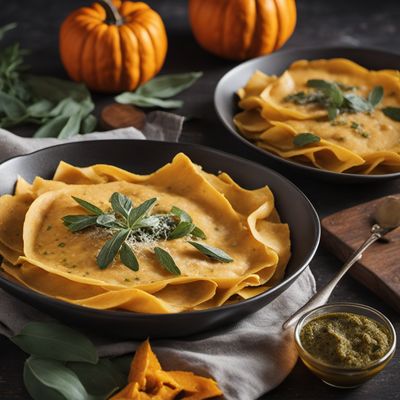
Ingredient
Salaks
The Exotic Jewel of Southeast Asia
Salaks are small, oval-shaped fruits with a rough, scaly skin that resembles snake scales, hence their nickname 'snake fruit.' The flesh is translucent, with a texture similar to an apple, and is divided into segments, each containing a large inedible seed. The taste of salaks is a delightful combination of sweetness and tartness, with hints of pineapple and banana.
Origins and history
Salaks have a long history in Indonesia, where they are believed to have originated. They have been cultivated for centuries and are highly regarded for their unique flavor and nutritional benefits. Salaks are deeply rooted in Indonesian culture and are often offered as a gesture of hospitality or used in traditional ceremonies.
Nutritional information
Salaks are a good source of fiber, vitamin C, and potassium. They are also low in calories, making them a healthy snack option. A 100-gram serving of salaks provides approximately 82 calories, 8 grams of fiber, and 8 grams of sugar.
Allergens
There are no known allergens associated with salaks.
How to select
When selecting salaks, look for fruits that have a firm and intact skin without any soft spots or blemishes. The skin should be a vibrant reddish-brown color, indicating ripeness. Avoid fruits with mold or signs of decay. Additionally, choose salaks that feel heavy for their size, as this indicates juiciness.
Storage recommendations
To prolong the freshness of salaks, store them at room temperature away from direct sunlight. They can be kept for up to a week. If you want to extend their shelf life, you can refrigerate them in a plastic bag for up to two weeks. However, keep in mind that refrigeration may affect the texture of the fruit, making it slightly drier.
How to produce
Salaks are typically grown in tropical regions, making it challenging to produce them in non-native climates. However, if you live in a warm and humid environment, you can try growing salaks from seeds or by transplanting young plants. They require well-draining soil and regular watering to thrive.
Preparation tips
To enjoy salaks, start by cutting off the top of the fruit and then gently peeling the skin away. Be cautious as the skin can be prickly. Once peeled, you can eat the flesh directly or remove the seeds if desired. Salaks are delicious on their own as a snack or can be added to fruit salads, desserts, or used as a topping for yogurt or ice cream.
Culinary uses
Salaks are commonly used in Indonesian cuisine, where they are enjoyed fresh or incorporated into various dishes. They can be used in salads, desserts, jams, or even cooked in savory dishes. In Indonesia, salaks are often candied or made into a popular snack called 'sale pisang salak,' which consists of salak fruit wrapped in banana leaves and steamed.
Availability
Salaks are primarily cultivated in Indonesia, particularly in the regions of Java and Sumatra. They are also grown in other Southeast Asian countries like Malaysia and Thailand. However, they are not widely available outside of these regions.

